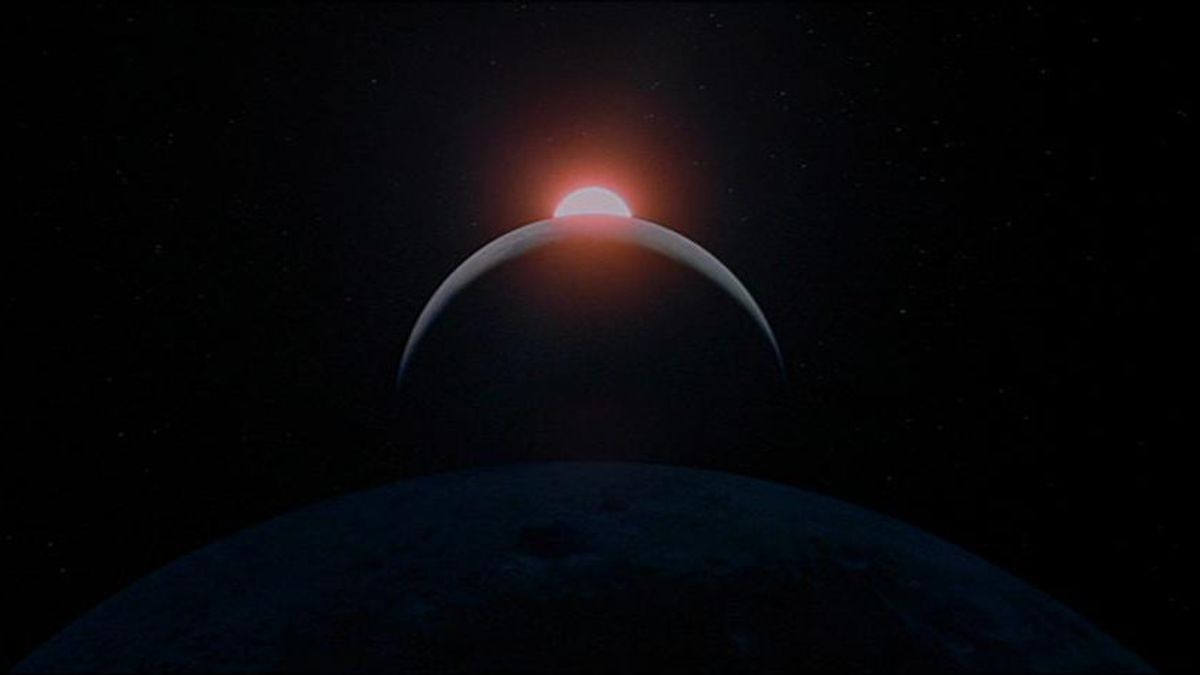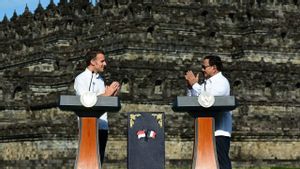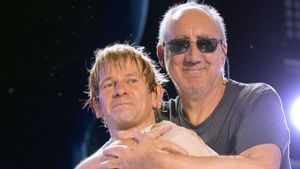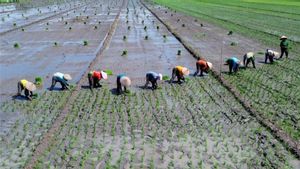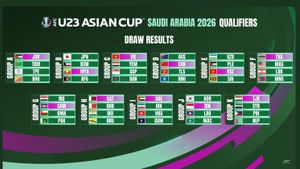JAKARTA - What does space smell like? Films, pictures, video clips or research documents may often lead to our imagination, about what the vision or atmosphere in space is like. However, about smell, a perfume called Eau de Space can perhaps complete our entire image about outer space.
The scent of outer space in Eau de Space was developed by Steve Pearce. Eau de Space Product Manager Matt Richmond explains, Pearce is a chemist who is also the founder of Omega Ingredients.
Quoted CNN from the institution's official website, Omega Ingredients is a company that focuses on "creating the highest quality, driven taste, natural ingredients and ingredients for the food and beverage industry. Products Eau de Space is a development project that Pearce collaborated with NASA.
Pearce's initial contract with NASA was concluded in 2008. NASA asked Pearce to "bring home the scent of outer space" by creating a scent that depicts a smelly sensation in outer space.
In a more substantive purpose, NASA deliberately brought out that scent of outer space to help astronauts train before actually launching into orbit. For NASA, this step is important to reduce the potential shock that astronauts may experience when they reach outer space.
Then what is the smell of outer space? "It's like the smell of a gun, right after you fire the shot," Peggy Whitson, an astronaut and former resident of the International Space Station, told CNN in a 2002 interview about the smell of outer space. "I thought it smelled like a bitter smell, apart from smoking and burning."

Richmond explained, his party struggled to give high accuracy to the scents they created. "Astronauts describe the smell as a mixture of gunpowder, seared steak, raspberries and rum." Indeed, it was not a short time for the creation of Eau de Space. Since the contract was signed, Pearce has continued to develop the Eau de Space scent for up to four years.
In addition to the objectives of NASA astronaut training, Eau de Space is also expected to increase interest in STEM (Science, Technology, Engineering, and Mathematics) learning for K-12 students - educational levels from kindergarten to high school - in the United States (US).
Richmond calls the concept in his head "experiential education". This is important to him, how the state is obliged to present a more tangible form of education. And Eau de Space will be there as a discussion material for teachers, parents, and scientists.
The English, Chinese, Japanese, Arabic, and French versions are automatically generated by the AI. So there may still be inaccuracies in translating, please always see Indonesian as our main language. (system supported by DigitalSiber.id)
